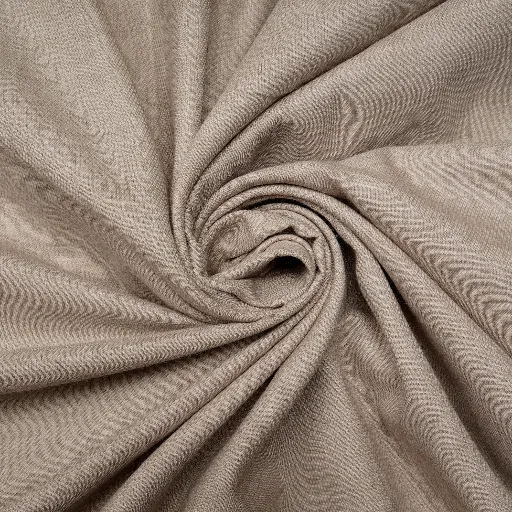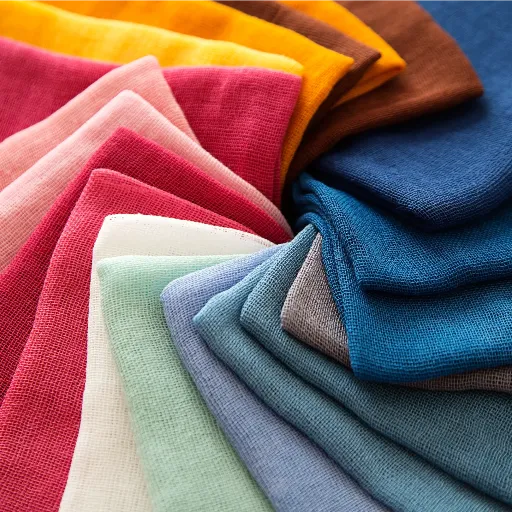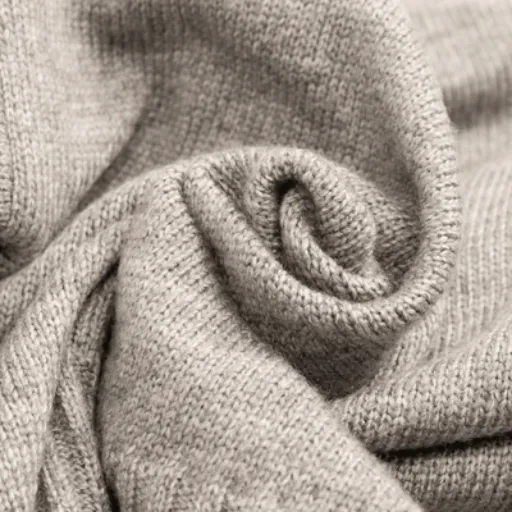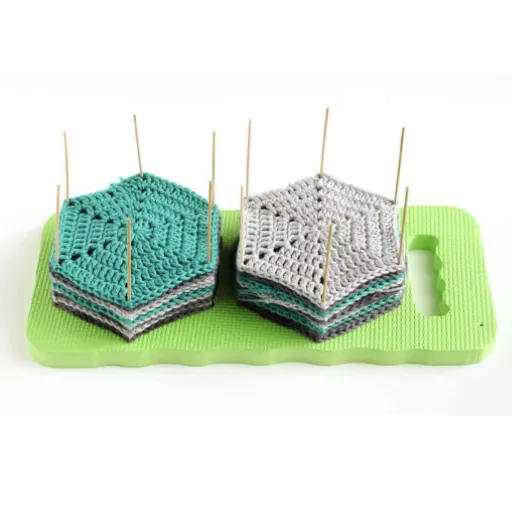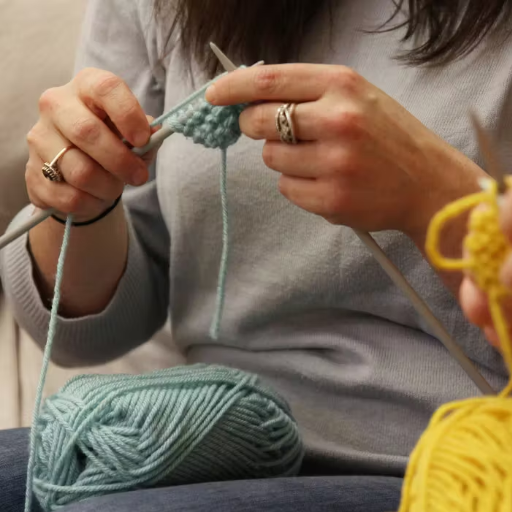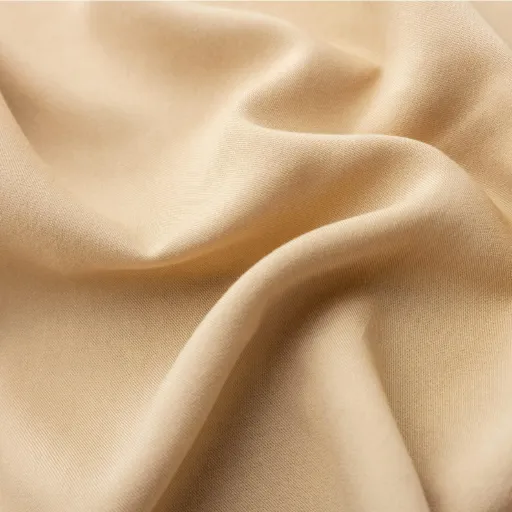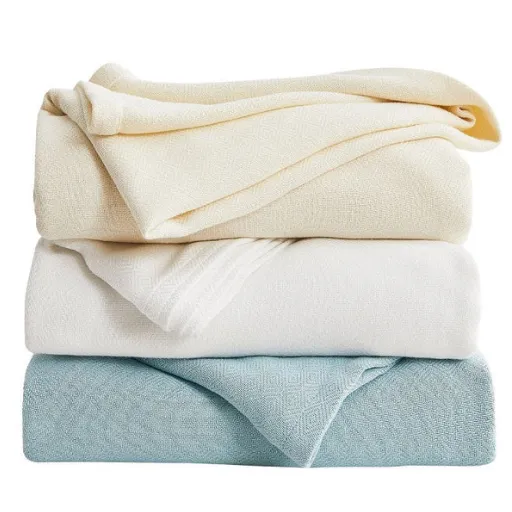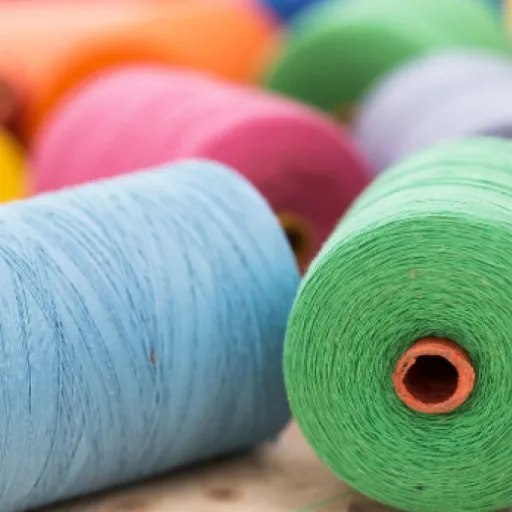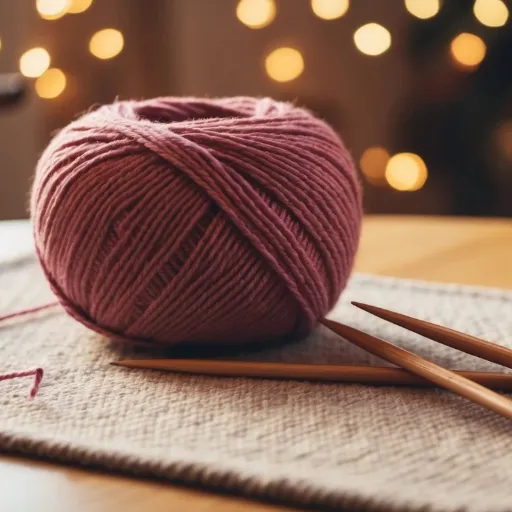In the textile and production world, the expression “POY yarn” is often mentioned, but what does it directly imply? The term Partially Oriented Yarn, or POY for short, is one of the essential components used in the manufacture of synthetic fibers like polyester. The importance of POY can be demonstrated through its significant lifesaving role in the textile industry for both novices and professionals. This piece will act as your walking stick to distinguish the basics of POY yarn, going through its qualities, manufacturing, and main uses. It doesn’t matter if you are a designer, a textile buff, or just inquisitive; you will still get the updated version of how this multi-purpose material influences daily fabrics. Let’s get going!
Introduction to POY Yarn
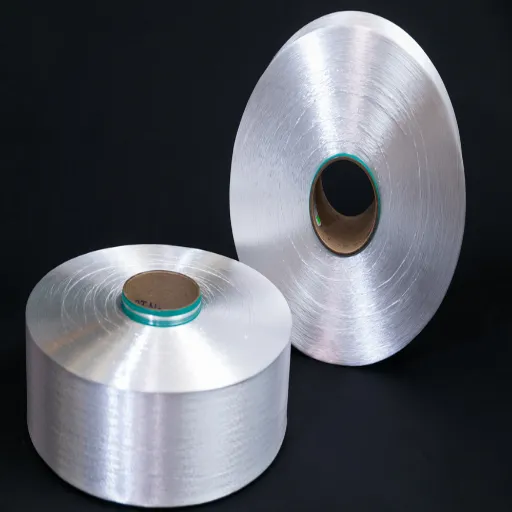
POY, which stands for Partially Oriented Yarn, is a polyester yarn of a particular kind that acts as a precursor to the textured yarns. During its production, a specific spinning method is applied in which polyester filaments are pulled out to a certain extent, producing yarn with moderate strength and elasticity. The semi-finished condition of POY makes it the perfect candidate for further processing, such as texturizing, which will not only enhance its properties but also make it ready for various applications. POY is widely used in the textile segment and is also a key player in supplying fabrics for garments, home decor, and even industrial products. Its flexibility and affordability make it a wink-and-nod choice for the manufacturers.
Characteristics of Partially Oriented Yarn
Partially Oriented Yarn (POY) is the best choice for processing in the textile industry because of its many notable features. To begin with, it has medium tenacity and moderate elongation, which gives a good mix of strength and flexibility. POY production is associated with high-tech spinning methods and is done at very high speeds, resulting in a smooth texture and uniform quality. Moreover, it is available in different deniers and filament counts, which benefits manufacturers by allowing them to select the type best suited to their application. Besides, POY is generally regarded as cost-effective, which is why it is widely used for large-scale production. Its flexibility, combined with the simple process of further texturizing, makes it possible to produce high-class fabrics that not only have extended functionality but also aesthetic appeal.
Role in Textile Manufacturing
POY (Partially Oriented Yarn) is an essential element in the textile industry. It is the primary input in the manufacture of textured yarns, which are widely used in the making of different fabrics. Yarn can also be produced by drawing, and POY goes through texturing, resulting in yarn with greater elasticity, softness, and durability, which is ideal for modern clothing and home textiles. Its versatility means it can be made for different fabric types, ranging from light clothes to heavy-duty outdoor fabrics. At the same time, by combining sustainable and efficient market trends with cutting-edge production methods, POY will remain a significant factor in determining the future of the textile sector.
Applications of POY Yarn Across Industries
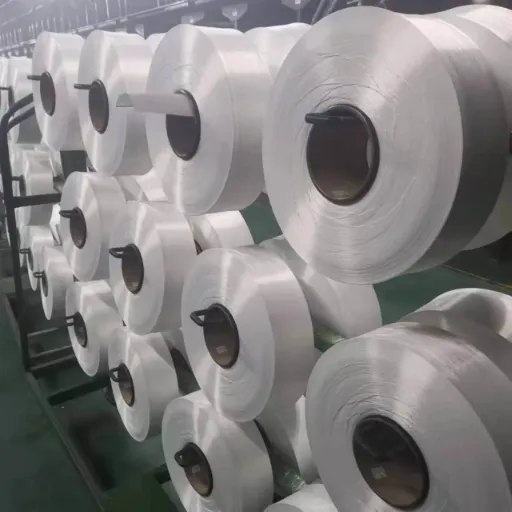
POY yarn’s diverse nature, along with its performance characteristics, leads to its application in different industries widely:
- ●Textile and Apparel Industry: High-quality fabrics were created for durability and elasticity, including sportswear, casual clothing, and fashion garments.
- ●Home Furnishings: Its strength and adaptability have made it a choice for curtains, upholstery, and bedding materials.
- ●Industrial Sector: Its reliability and resilience have made it an indispensable part in the production of ropes, nets, and other heavy-duty materials.
- ●Automotive Industry: Its application in car seat covers, seat belts, and interior fabrics offers the advantages of comfort and wear resistance.
Fashion Industry: Stretch Fabrics and Sportswear
The application of stretch materials in the sportswear sector has transformed the entire fashion industry by providing comfortable and functional garments. These materials, typically made from a combination of fibers like spandex and polyester, are the main qualities of activewear and have also improved the industry because they are highly flexible and durable. The latest consumer trends indicate a significant increase in interest in both athleisure and performance segments, primarily due to health and fitness becoming increasingly essential in people’s lives. Stretch materials, thus, support this trend by providing the non-restricted movement combined with a sleek and fashionable look. Besides, their moisture-wicking and breathability properties are factors that add functionality, making them the preference of athletes and those who like to wear them on casual occasions.
Home Textiles: Upholstery and Bedding
The latest data from search engines indicates that interest in high-quality home textiles has increased remarkably among consumers. The demand for comfort, sustainability, and style together has been marked by the surge in popularity of keywords like “luxury bedding,” “durable upholstery fabrics,” and “eco-friendly home textiles.” Stretch fabrics have begun to take their place in the market, bringing with them their versatility and strength. For example, they are used for sofa covers, making them durable and easy to clean. Another example is that stretch materials in bedding are improving the sleeping experience by perfectly fitting mattresses and pillows, thus adding to both aesthetics and functionality.
Sustainability in POY Yarn Production
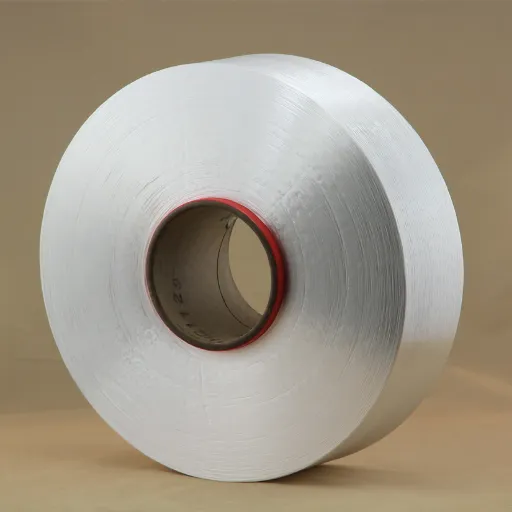
The eco-friendly aspect of the POY (Partially Oriented Yarn) production process is primarily characterized by the reduced use of environmentally harmful materials and the adoption of energy-efficient methods throughout the entire production chain. One way that manufacturers are reducing their reliance on non-renewable resources is by switching to polyester made from recycled or bio-based feedstock. Besides that, the dyeing and processing innovations are now aimed at lessening water and chemical consumption. This is a typical example of a circular production model that the industry is embracing through reusing waste fibers, thus projecting a healthier environmental image. The practices above align with global efforts to minimize carbon emissions while simultaneously supplying the market with more eco-friendly textiles.
The Rise of Recycled POY Yarn
Recycled POY (Partially Oriented Yarn) yarn has emerged as a breakthrough in the textile field, addressing concerns about environmental sustainability and resource conservation globally. The trend data from search engines suggests that consumers are increasingly interested in sustainable fabrics, indicating a surge in demand for products that do not harm the environment. The virgin material requirement has been significantly reduced by the recycled POY yarn, which is made from post-consumer or post-industrial polyester waste, e.g., used plastic bottles. Thus, the whole process not only results in less emission but also helps in managing waste. The use of recycled POY yarn can be a smart move for manufacturers, not only to monitor their waste but also to comply with green initiatives and actively serve the market.
Environmental Benefits and Circular Economy
Recycled POY yarn is a key factor in promoting the circular economy since it prolongs the life of materials that would otherwise be thrown away and contributes to landfill waste. If the current situation continues, it is estimated that global plastic waste will exceed 12 billion metric tons by 2050, according to the latest information. The use of recycled materials, such as POY yarn, contributes to reducing the need for raw material extraction, lowering energy consumption in the production process, and reducing greenhouse gas emissions. In addition to this, by adopting the circular economy model, companies will not only be able to protect the environment from degradation by reducing it, but also by facilitating the emergence of innovative practices that are based on the principles of resource efficiency and sustainable development.
Practical Tips for Using POY Yarn
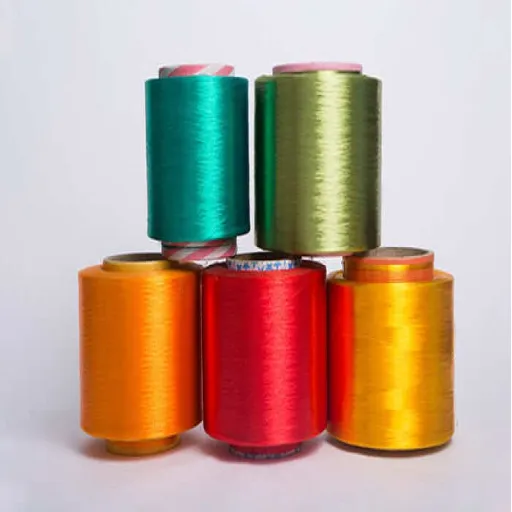
- Choose the Right Type – Pick POY yarn that fits your project perfectly, no matter if it is for weaving, knitting, or texturing. Also, check the denier and filament count for compatibility.
- Handle with Care – Tension and alignment should be proper when POY yarn is fed into the machines to avoid breakage or uneven processing.
- Store Properly – To keep POY yarn in optimal condition and ensure the best performance, the yarn should be stored in a clean, dry, and temperature-controlled environment.
- Optimize Machine Settings – The processing equipment for POY yarn needs to be adjusted to the recommended settings in terms of speed, temperature, and pressure to operate smoothly and efficiently.
- Regular Maintenance – Perform regular maintenance on machines using POY yarn to minimize downtime and ensure consistent output quality.
Overcoming Common Challenges
One challenge often encountered in the dyeing process of POY yarn is obtaining a uniform dyeing result. At times, this can be caused by variations in tension applied to the yarn or by neglect in the handling of the yarn during the different stages of production. The remedy for this is to ensure the yarn is pre-processed uniformly and maintained under the same tension throughout all processing steps. Besides this, a common problem is breakage during high-speed processing. This can be avoided mainly by carefully monitoring the machine settings and choosing high-quality raw materials to improve the durability of the yarn. It is also vital to consider environmental factors like humidity and storage conditions, which, when improper, can result in the yarn not performing as per the required standards. It is, therefore, possible to handle such challenges effectively by merging the best practices in the industry with constant testing and quality controls.
Achieving Consistent Quality in Products
To maintain a constant level of quality in production, it is crucial to use the most up-to-date technologies and data-based methods in the manufacturing processes. The use of systems for real-time monitoring not only enables manufacturers to identify oddities but also to guarantee the same quality for all batches. According to the latest data trends, predictive analytics is a key tool for identifying potential issues that could otherwise escalate and disrupt the desired efficiency and consistency. Furthermore, standardizing production procedures and training all employees in quality management systems will generally benefit product reliability. By utilizing modern tools and implementing strict quality checks, companies can meet consumers’ expectations and thus achieve long-term prosperity.
Environmental Impact of POY Yarn
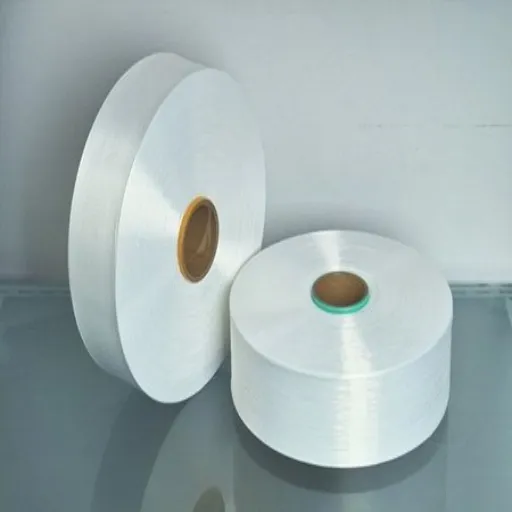
The environmental impacts of POY yarn production can be viewed from two perspectives, one positive and the other negative. The positive side reveals that energy use and waste generation have been significantly diminished due to modern manufacturing processes. Nevertheless, the large-scale use of non-renewable resources and the release of greenhouse gases during production are still significant problems that need to be solved. Using environmentally friendly raw materials, enhancing recycling technologies, and reducing water and chemical consumption during processing are some of the measures taken to counteract these problems. The production of POY yarn with a smaller ecological footprint requires balancing industrial productivity with environmental responsibility.
Carbon Footprint Analysis
Analyzing the carbon footprint of POY yarn production, I began by identifying the main areas of environmental impact. The energy used in the production process was one of the primary sources of GHG emissions, and also the fossil fuel consumption for feedstock. I recognized the potential of improving energy efficiency and switching to renewable resources to achieve a massive cut in emissions. Besides, upgrading recycling practices and introducing bio-based substitutes for raw materials would further underline the capability of reducing the total carbon footprint.
Consumer Role in Sustainable Textiles
Consumer behavior is central to the textile and fashion industry’s sustainability saga. They exercise their will through buying decisions to direct the industry to greener pastures. By eclectically choosing products made from bio-friendly, recycled, or certified-sustainable materials, consumers act on demand to send a message to manufacturers who rely on these materials that their days are numbered. So is the case with consumers who choose to keep their clothes by having them mended, reused, or sold. This gradually helps protect the entire environment from the harmful effects of relentless fast fashion. A recent report has shown that the terms “sustainable clothing” and “eco-friendly fabrics” have been significantly searched, confirming the increasing consumer interest in sustainability. This scenario clearly demonstrates the effectiveness of informed consumer behavior in advocating for environmental responsibility, thereby paving the way for a greener and more ethical future for the textile industry.
Reference Sources
Here are five professional and authoritative reference sources related to “POY yarn” that you can use to verify the correctness of your article:
Effect of fibre cross-sectional shape on the properties of POY continuous filament yarns
Published in Springer, this article explores the impact of fiber shapes and yarn density on the properties of polyester partially oriented yarn (POY).
tuPOY: Thermally Unstable Partially Oriented Yarns
This research identifies critical stages in the production process of partially oriented yarns and their thermal stability.
Yarn Texturing Technology
A comprehensive book available on Google Books, discussing the technology and processes involved in yarn texturing, including POY yarns.
Life cycle assessment of recycled polyester and analysis of key emission sources
This study evaluates the environmental impact of recycled polyester, including POY, and identifies key emission sources in its manufacturing process.
Thermal and physical properties of taut-annealed nylon 6 POY (partially oriented yarn)
Published by Elsevier, this research examines the thermal and physical properties of nylon-based POY using advanced analytical techniques.
Frequently Asked Questions (FAQs)
| Question | Answer |
|---|---|
| What is POY yarn? | POY yarn, or polyester partially oriented yarn, is a type of filament yarn that is produced through a spinning process where polyester chips are partially stretched. This results in a partially oriented yarn that is mainly used for applications requiring less uniformity compared to fully oriented yarns. |
| How does POY differ from FDY? | The main difference between POY and FDY (fully drawn yarn) lies in their degree of orientation. FDY is fully drawn, offering higher tensile strength and uniformity, making it suitable for various applications, while POY is generally lower in strength and uniformity. |
| What are the applications of POY yarn? | POY yarn is often used in the production of texturized yarns like DTY (draw textured yarn) and is preferred for applications in weaving and warp knitting. Its characteristics make it a suitable choice for technical textiles and other fabric types. |
| What is the spinning process for POY yarn? | The spinning process for POY yarn involves the melt spinning of polyester chips, which are then partially stretched to create the yarn. This process allows for the production of yarn that is ideal for various textile applications. |
| Can POY yarn be used in draw warping? | Yes, POY yarn can be used in draw warping for weaving and warp knitting of fabrics. Its properties make it effective in these processes, although FDY is often preferred for its superior performance. |
| What types of yarn are made from polyester? | Polyester yarns come in various types, including POY, FDY, DTY, and spun yarn. Each type serves different purposes depending on the desired texture, strength, and application requirements. |
| Is POY yarn cost-effective? | Yes, POY yarn is often considered a cost-effective option compared to FDY and other yarn types. Its lower production cost and versatility make it a preferred choice for many manufacturers in the textile industry. |
| What are the characteristics of polyester filament yarn? | Polyester filament yarn, including POY, is known for its high strength, durability, and resistance to wrinkles and shrinking. These characteristics make it suitable for a wide range of applications, from sewing threads to technical textiles. |








